
Traditional medicine, one of the most impressive expressions of the ancestral memory of the Amazonian peoples, makes use, among other practices, of a large number of plant species to cure their diseases and syndromes. The medicinal plants of the Peruvian Amazon constitute one of the largest reserves of phototherapeutic resources in Peru and the world.
Knowledge of the medicinal properties of plants is based on observation, experience and deep knowledge of the environment. Transmitted from generation to generation and enriched by the cultural integration of the native and migrant population, this knowledge has become popular medicine and current herbalism.
Traditional healers have been using medicinal plants to treat various diseases for centuries. The medicinal plants of the Peruvian Amazon are part of regional healing ceremonies. Due to its rich and diverse flora, the Peruvian Amazon is home to a wide variety of medicinal plants that have been used for thousands of years to treat a wide range of health problems.
It cannot be denied that the Amazon is a great treasure for all human beings, as it has an infinite amount of flora in its immense expanse of tropical humid forest, which has led many scientists to carry out studies, and also, the It makes it attractive to people who are looking for other alternatives to cure a disease.
Since the origin of humanity, human beings have developed and obtained medicinal plants from the Peruvian Amazon; it has surely been and is the great cradle of this practice. Land of origin, origin of life, traditional Amazonian phytotherapy cannot be dissociated from the tribes that have discovered, maintained and transmitted its wisdom. This privileged place is from then until today the largest natural laboratory on our planet: from Ayahuasca to Guarani, and thousands of active ingredients that remain to be discovered.
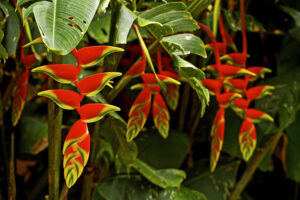
In the Peruvian Amazon, traditional medicinal practices are firmly anchored in the culture of the indigenous population. The use of medicinal plants, widely used to treat physical and mental illnesses, largely depends on them.
Tobacco, huayruro and ayahuasca are some of the most used plants. Tobacco is the most popular of the three and is often used in medicine. It has the potential to improve digestion and relieve discomfort. According to locals, the huayruro can ward off bad spirits and bring good luck. The powerful herb ayahuasca is used in shamanic rituals to promote healing and trigger spiritual experiences.
Rituals are an essential part of traditional healing in the Peruvian Amazon. Shamans are believed to have a connection with the afterlife and use medicinal herbs to treat various illnesses. They often use their knowledge of medicinal herbs to produce effective remedies that are used in spiritual healing.
Overall, the historical use of medicinal herbs in the Peruvian Amazon is a monument to the power of nature and the need to preserve indigenous knowledge. If these plants continue to be researched, we can learn more about their therapeutic properties and perhaps use them in modern medicine.
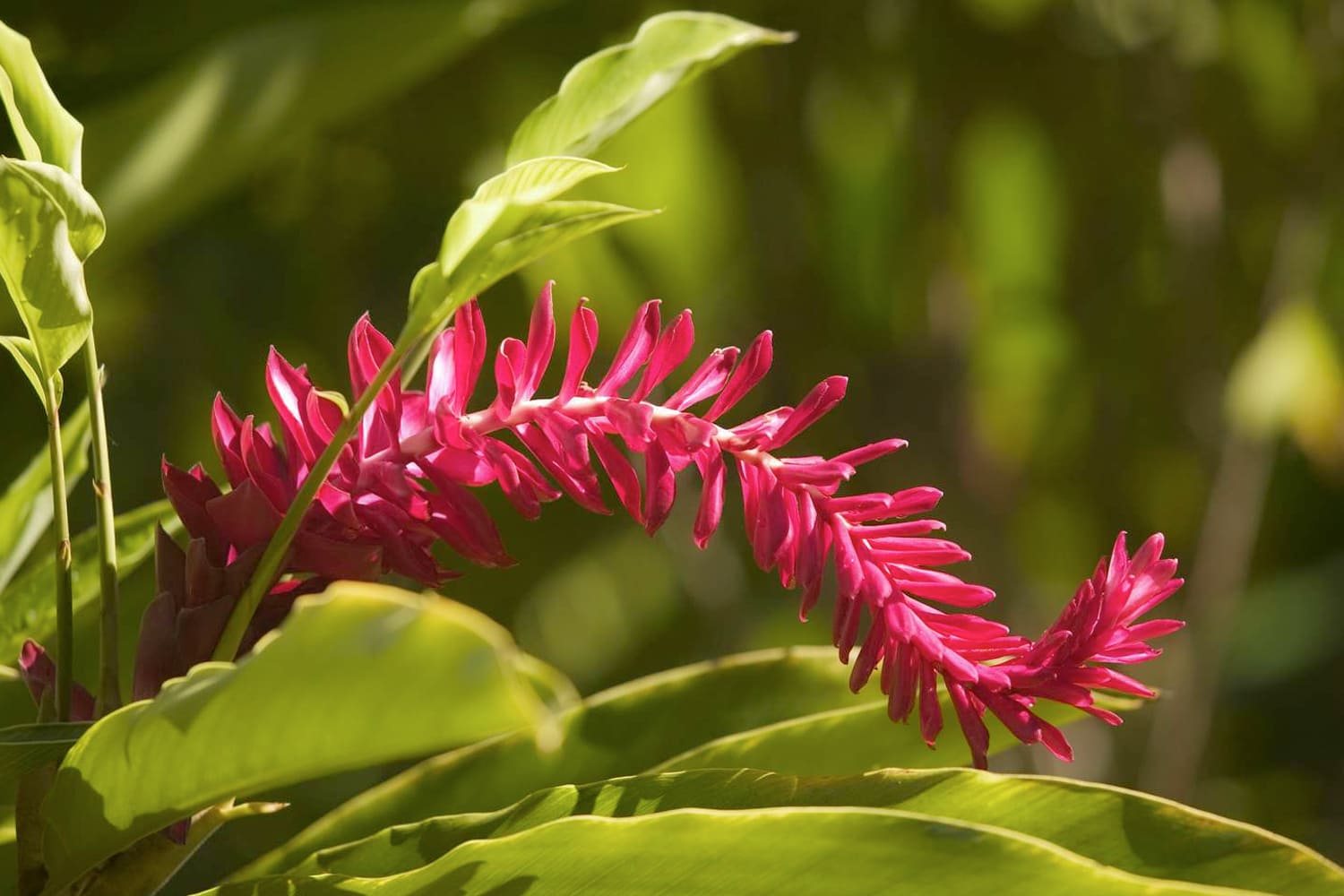
In the Peruvian Amazon, conventional medicinal practices have survived and are still used. Thanks to scientific advances, we are now discovering new uses for the natural medicinal plants of this region.
Scientists are studying the chemical behaviors of these plants to determine their potential therapeutic benefits. For example, cinchona bark contains quinine, which is used to treat malaria. The curare vine was used in conventional medicine for its muscle relaxing effect, similar to its current use in anesthesia.
Not only are medicines made from traditional medicinal herbs, they are also used in naturopathy. Cat’s claw, for example, is one of the medicinal plants from the Amazon rainforest used to strengthen the immune system, while dragon’s blood or better known as grade’s blood is used as a natural disinfectant.
Overall, studies on medicinal plants from the Peruvian Amazon shed new light on the traditional knowledge of indigenous peoples and may lead to the development of new medicines and herbal treatments.
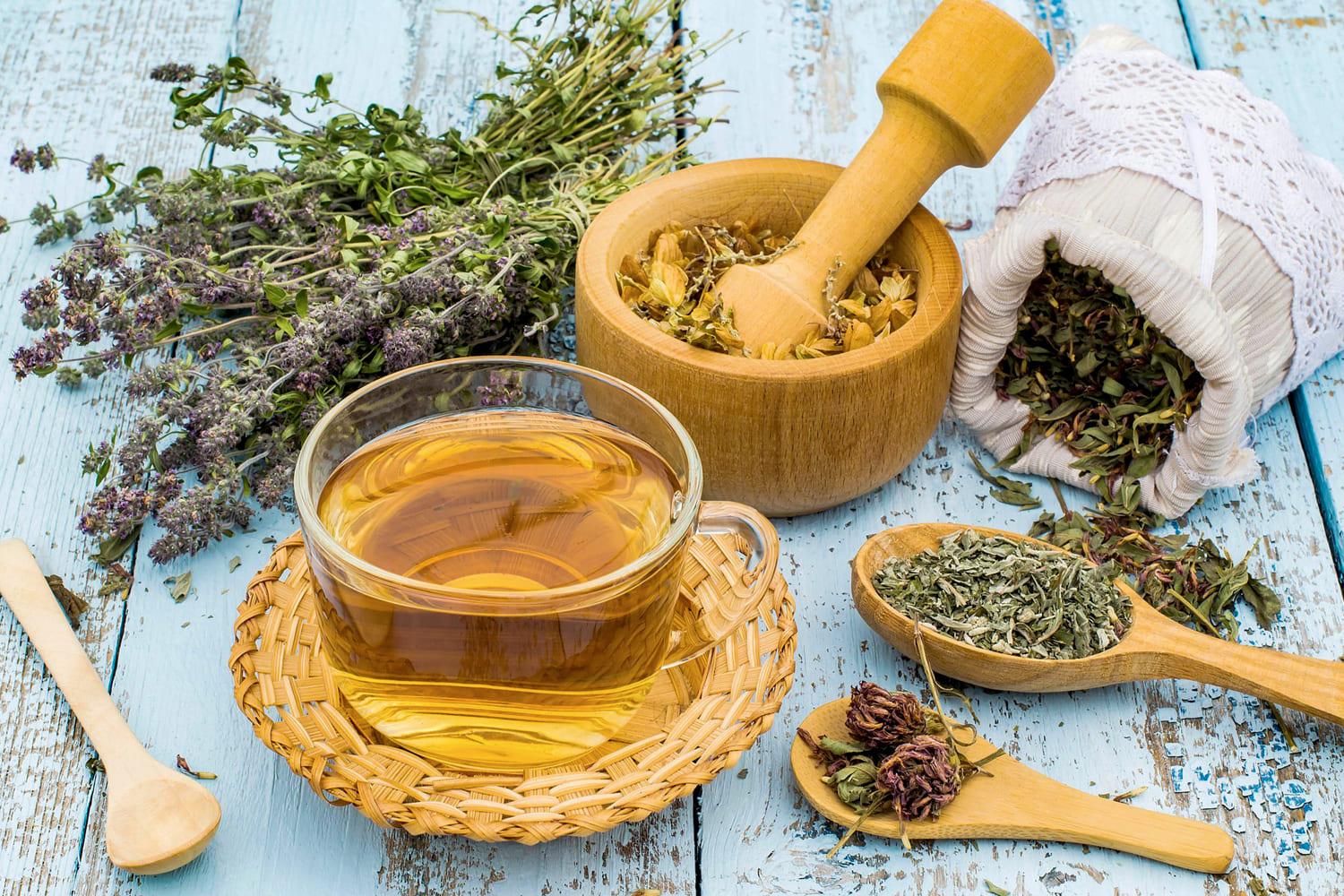
Climbing shrub that grows throughout the Amazon reaching heights of up to 30 meters in length and with stems provided with recurved thorns and capsular fruits. Its root, leaves, bark and flowers contain various alkaloids and flavonoids. Its bark in infusion or capsules is used to treat snake bites, rheumatism, biliary colic, inflammation of the prostate, as well as wounds, ulcers, fever and cough.
The famous cat’s claw of the Amazon is found in Peruvian territory, it is said that it grows in virgin lands in this sector and well rested for a long time. Its properties are truly infinite, mainly it is anti-inflammatory and helps heal diseases such as prostate, ovaries, rheumatism, bad breath, ulcers, diabetes, hemorrhoids, among others.
Sangre de Drago
It is also known as grade blood and is found in the Amazon of Peru, Brazil, Colombia and Ecuador; This is a tree that produces a latex or resin in its bark, which is capable of curing countless internal and external diseases of the body. It is a good healer for skin wounds and gastric ulcers, anti-inflammatory, antiviral, antibacterial, antiseptic, antihemorrhagic, which also helps relieve bites and mouth sores. etc
Chanca piedra
Plant native to the Loreto region, similar to a fern, with small leaves and a stem that can grow up to 45 centimeters high and produces flowers on its branches. It contains alkaloids, linelenic acid, phenolic compounds, lignins and flavonoids, compounds that strengthen the body’s immune system. It is used to treat hepatitis, urinary infections and as a diuretic.
This is a plant found in the Peruvian Amazon, it is excellent to help combat any kidney problem, especially to eliminate stones in the bladder and kidneys. On the other hand, it helps reduce spasms, inflammation and fever, it also allows bacteria to be expelled through urine, relieves pain, detoxifies the liver and helps to have good digestion.
Copaiba
The copaba or also known as oil stick is found in the Amazon of Brazil and Peru; The properties of the oil of this plant are infinite, however, it must be noted that it must be used controlledly because they say that taking it in large doses can cause irritation or liver problems. This oil has diuretic, expectorant, disinfectant and stimulant powers. They generally use it in dermatological and broncho-pneumatological treatments.
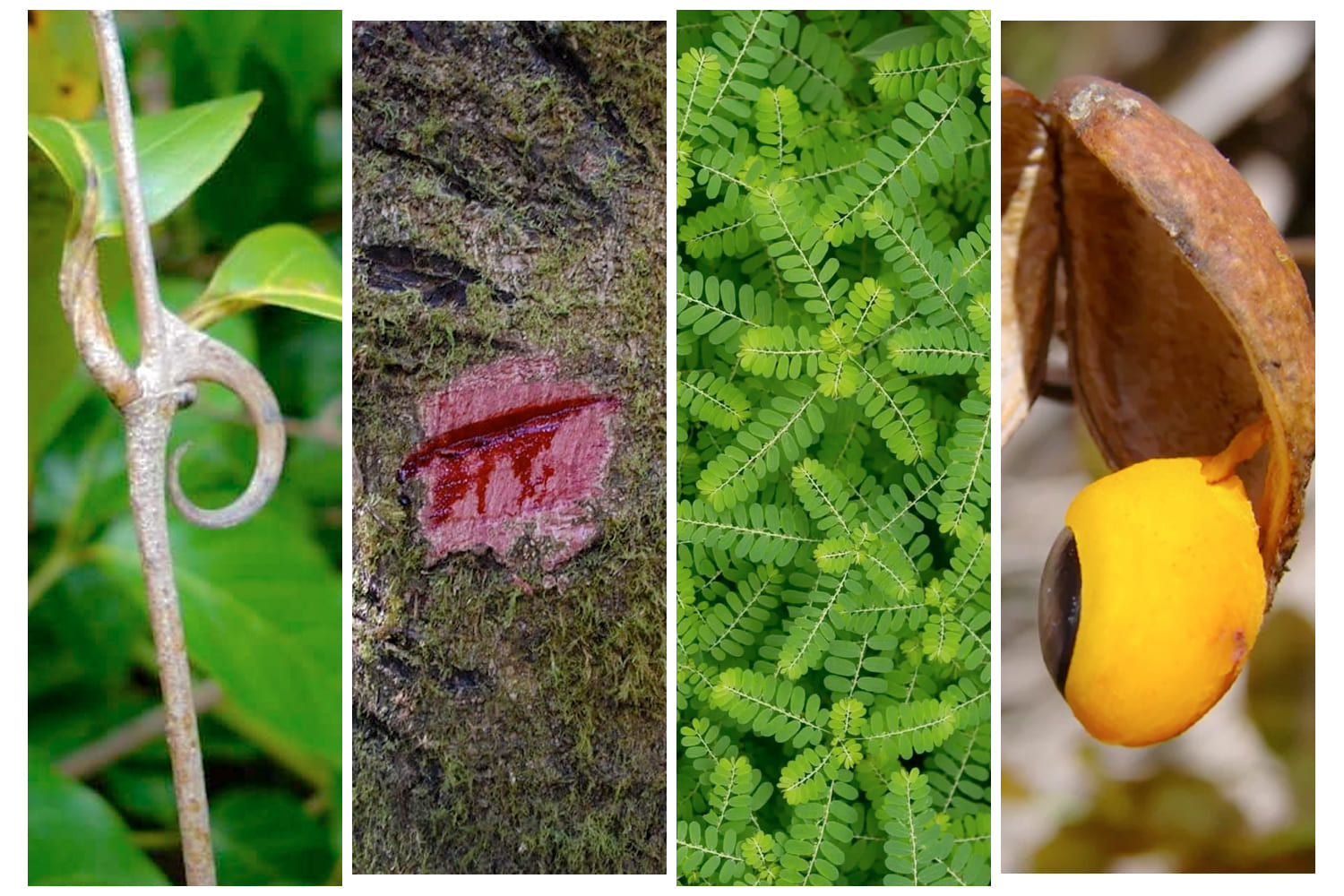
This plant, known as “arbolillo” or “low tree”, has oval leaves and red and orange seeds. It grows wild and is cultivated in the regions of Amazonas, Cusco, Huánuco, Junín, Loreto, Madre de Dios, San Martín and Ucayali.
It has vitamin C, carbohydrates and minerals such as calcium, phosphorus and iron, as well as compounds such as bixin, norbixin and orelin. It is used to prepare plasters that help in the treatment of skin infections. Infusion is also prepared with antiseptic and healing use. It is ideal for treating hepatitis and vomiting by taking it as an infusion.
Caña agria
Plant that grows in the regions of Loreto and Madre de Dios, with stems that resemble reeds that grow up to 2 meters high and that generate white flowers. It contains steroids, phenols, resins and triterpenes, active compounds that contribute to the successful treatment of respiratory diseases such as flu and other ailments such as conjunctivitis and hepatitis, thanks to its great anti-inflammatory effectiveness.
Huayruro
Tree up to 30 meters high that produces fruits with fleshy pods and red seeds with black spots, which grows in the Loreto region. Its seeds, crushed and cooked in hot water, generate infusions that are used for sitz baths in the treatment of hemorrhoids.
Guaraná
Lately it has become one of the most famous nationally and internationally for its magnificent invigorating, rejuvenating, aphrodisiac and refreshing properties. Guarani is found in the Amazon of Brazil, Peru, Colombia and Venezuela, it can be taken as a tea, juice or smoothie that helps strengthen the heart and muscles (nothing better than taking it after exercising) as it acts perfectly on brain functions and improves circulation.

Herbaceous plant 50 to 60 centimeters high with diminutive yellowish-green flowers and fruits with lenticular seeds. It grows in the Cajamarca, Cusco, Huánuco, Loreto and San Martín regions.
Contains essential oil, ascaridol, tannins, terpenes, cimenol, carvenol, limonene, camphor, histemin, butyric acid, peptins and mineral salts. The stems are used in the treatment of colic and the leaves to relieve wounds, hemorrhoids, intestinal parasitosis and as an antidiarrheal.
Sachaculantro
Branched plant with globose fruit that is grown as a condiment in the Huánuco, Junín, Loreto and San Martín regions. Its leaves are used to relieve headaches, skin abscesses, dry coughs, hepatitis and as an antidiarrheal, while its fruit is used as a relaxant since it helps to have a peaceful sleep.
Chambira
Palm tree that grows up to 30 meters high that grows in the Amazon, Loreto and San Martín regions and produces ovoid fruits with green skin, similar to lucuma, with whitened pulp when tender and yellow when ripe. It provides retinol, vitamins A, B, B2, B5 and C. As well as proteins, lipids, carbohydrates, fiber, ash, calcium, phosphorus and iron. It is widely used to treat bone ailments such as rheumatism using steam baths prepared with its leaves.
Chuchuhuasi
Plant with tiny flowers and elliptical leaves that grows in the Amazonas, Huánuco, Loreto, Madre de Dios, San Martín and Ucayali regions. It has simple phenols, quinones, saponins and triterpenes. It is used for the effective treatment of rheumatism, colds and bronchitis, as an antidiarrheal and to relieve hemorrhoids and breast conditions.
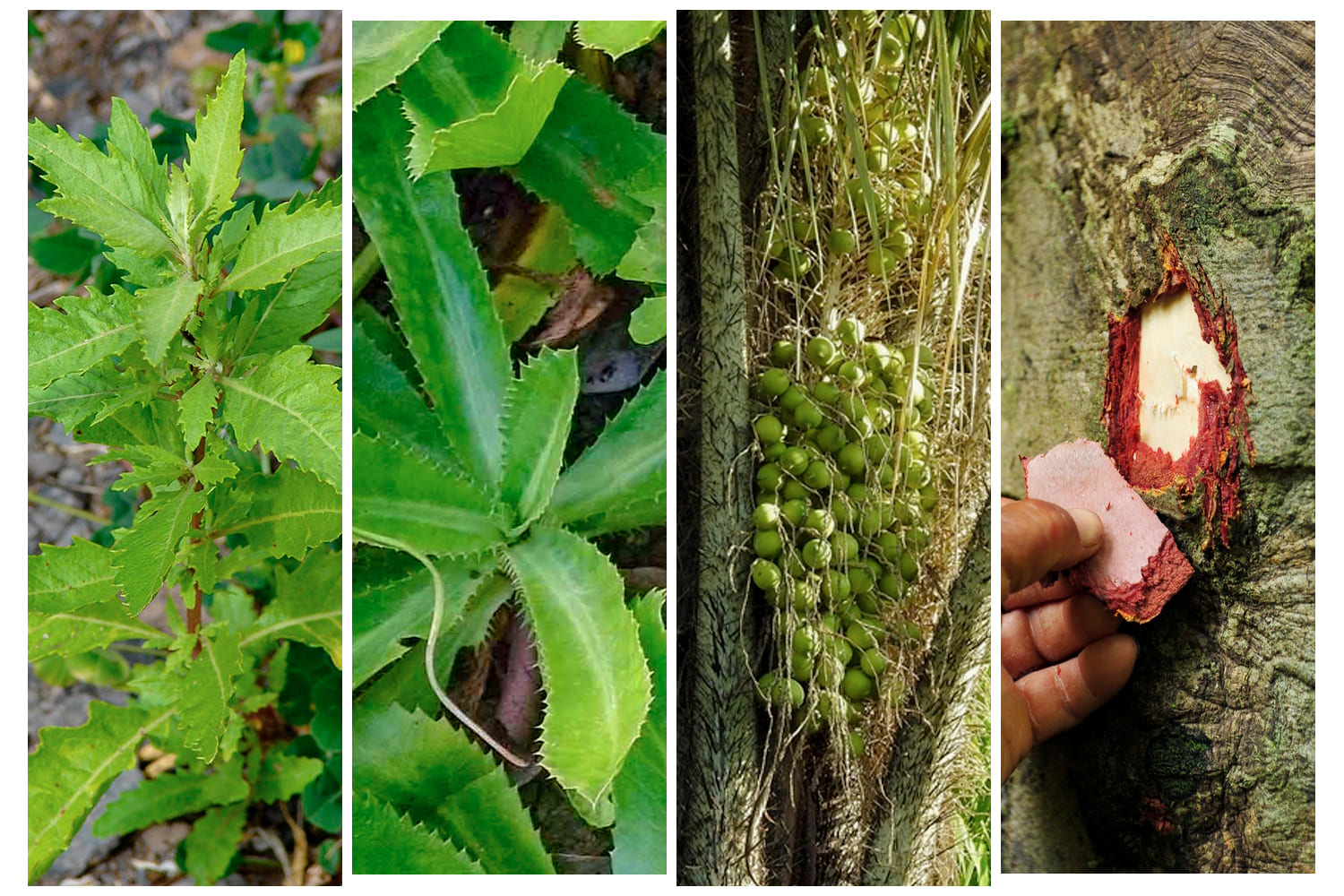
Ayahuasca is a powerful plant that promotes healing and spiritual visions when used in shamanic ceremonies. It contains components whose potential to treat depression and anxiety is being investigated.
In recent years, ayahuasca consumption has become increasingly popular, as it can cause a sensory expansion. However, it is very important to only do it with a certified and well-known ayahuasca shaman to avoid possible complications.
Sacha inchi
This plant is also known as sacha maní, Inca maní or jíbaro maní. It is a semi-woody plant, belonging to the Euphorbiaceae family and is native to the Peruvian Amazon. This plant has various functional properties that classify it as a nutraeutic food (products from nature itself that help health).
Its scientific name is Plukenetia volubilis, and it is used as an oil which stands out for the presence of vitamin A, vitamin E and essential fatty acids such as linolenic, linoleic and oleic acids, called omega 3, omega 6 and omega 9, respectively; that act as regulating agents of triglycerides and high blood pressure. Additionally, it reduces joint inflammation.
Llantan
Plantan is a grass approximately 40 cm high. It has small, hermaphrodite flowers grouped in yellowish-green spikes that grow up to 25 cm on average. Among the uses given to the plantain, it is consumed as a vegetable to cure urinary infections, eye ailments, tuberculosis, hepatitis, gastric ulcers, leucorrhoea, jaundice, hemorrhoids and abscesses. It is also an effective oral antiseptic, expectorant, antidiarrheal and antimalarial.
Marañon
The cashew is another of the medicinal plants of the Peruvian Amazon and can reach 20 meters in height. Its trunk is short and its branches are scattered. As for its leaves, they are simple and alternate, without stipules and grouped in the most extreme part of the branches. Its fruit is a greenish nut, with a fleshy, juicy part and a bright red color.
The yellow fruits of the cashew are popularly known as “memory fruit” since they strengthen the brain. This also contains large amounts of vitamin C and has several medicinal uses.
When cooked, its bark and leaves are used to treat insomnia, stomach cramps, inflammation, diabetes, malaria and hemorrhoids, and its resin is used to treat skin lesions and some cancer treatments.
The fleshy part of its fruit is consumed naturally or in juices; it can be used to prepare jellies and syrup. The juice can be natural or pasteurized, being a non-alcoholic homemade drink in high popular demand. If it is fermented you can obtain a very delicious and good tasting wine.

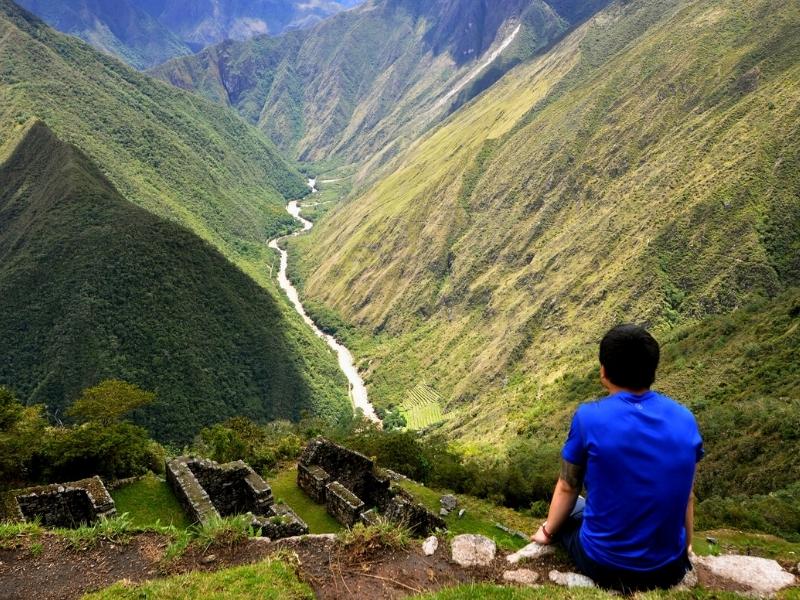
Explore the Manu Amazon Rainforest & Inca Trail hike to Machu Picchu, you will enjoy the best adventures in Peru, exploring amazing inca trail routes and the best amazon wildlife with our local tour guides, in small groups.
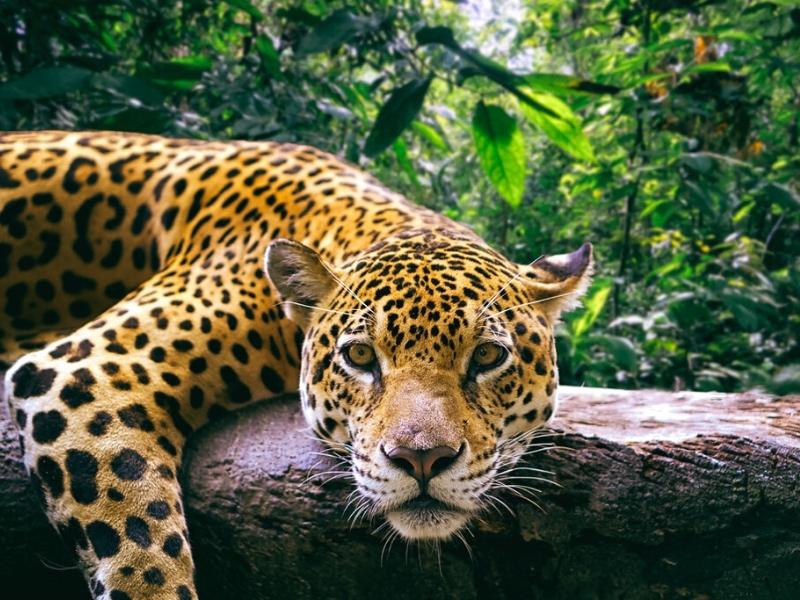
The Manu Jungle tour goes to one of the largest life biosphere reserves in the World. You will enjoy wildlife, traditional villages, with the best specialized guides.


Manu National Park is an excellent way to experience an intense amazon wildlife.Is the biggest Amazon rainforest in the Americas, its incomparable natural wealth, host the greatest amount of flora and fauna of the world.
